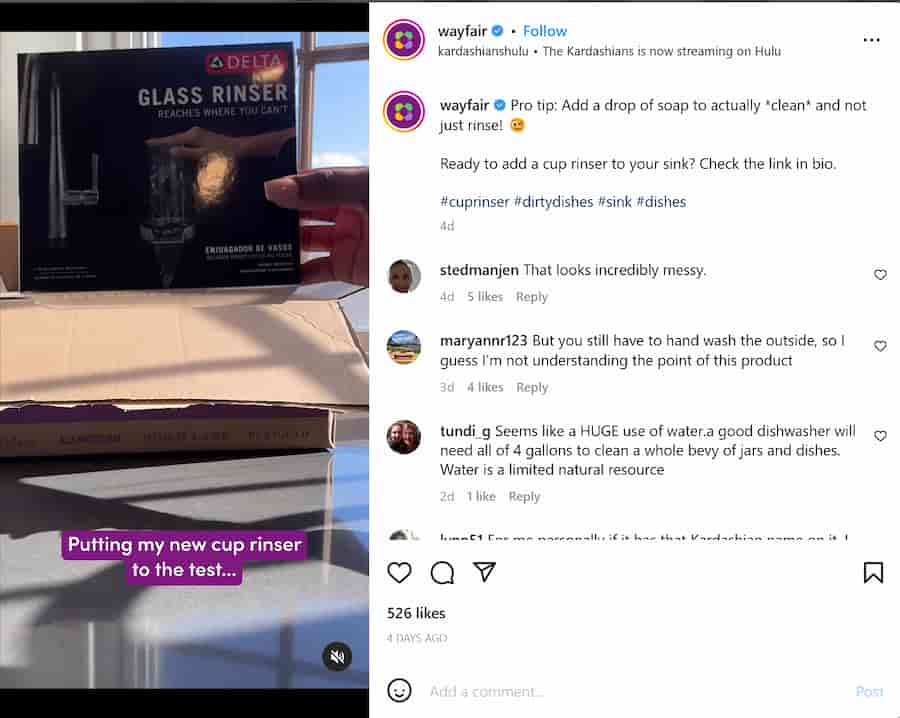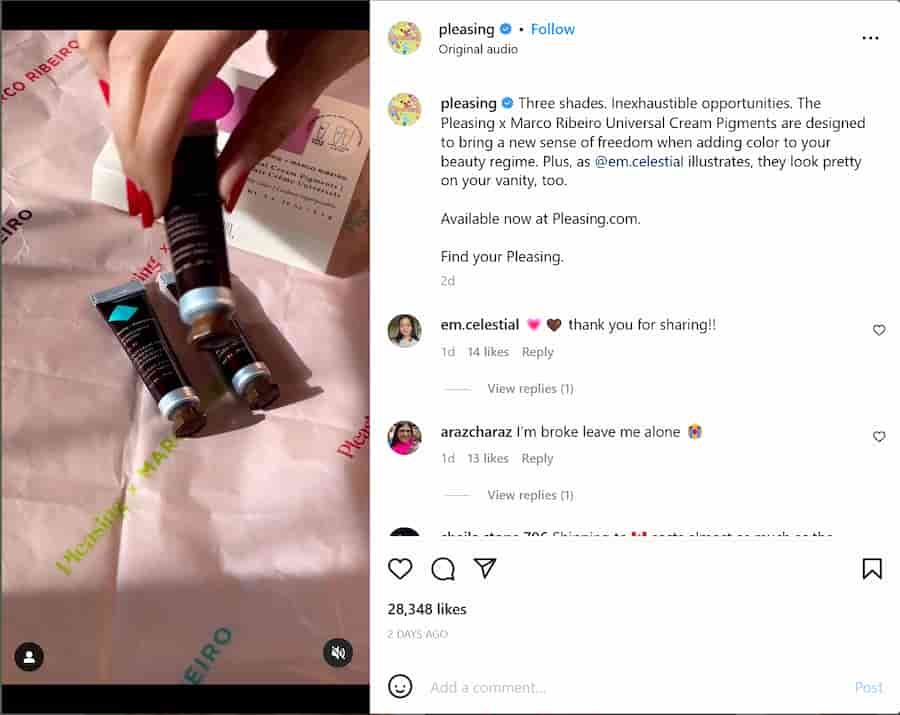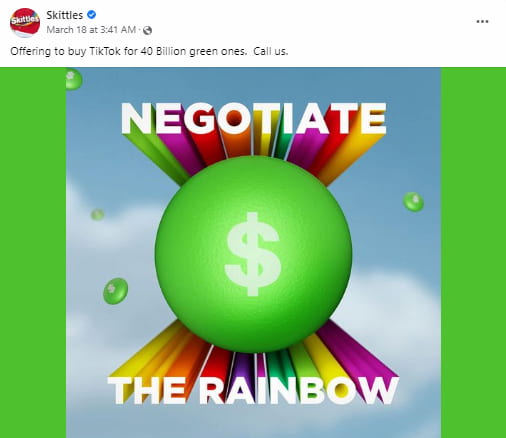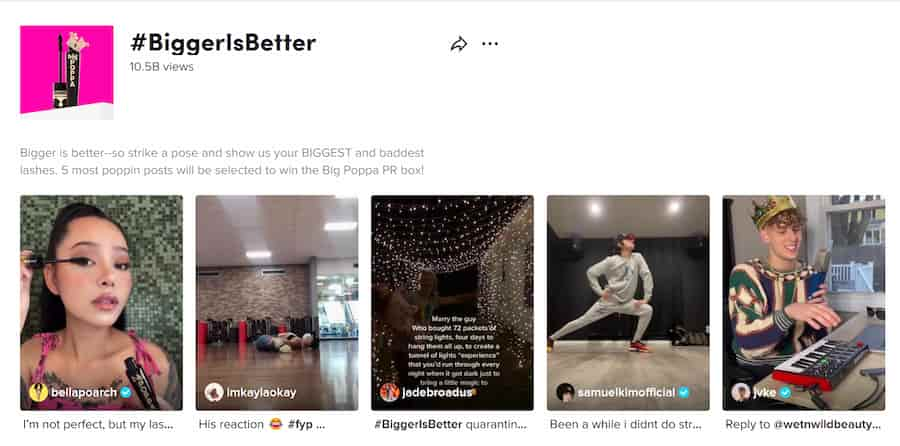6 Must-Know Social Media Content Writing Tips
One of the best ways to create an online community is through social media.
Social media channels are perfect for building brand loyalty, customer retention, and creating a feeling of belonging among your customers.
However, writing for social media differs from any other kind of writing. It’s not a blog post or an email newsletter; it’s more of a text message. You aim to attract your audience’s attention and keep them engaged.
You must ensure your social media posts get read and shared. This will help you grow your audience or build stronger relationships with existing customers. To do so, you must first grasp the key components and best practices for writing for social media.
In this article, you’ll learn six tips that will help improve your writing for social media platforms.
Understand your target audience
Knowing your target audience helps you pick the right words and visuals for your posts. It also lets you decide which social platforms are best for promoting your business or brand.
So, to make your social media writing effective, you must understand what type of content your typical audience prefers and how they like to receive it. Do they want entertaining content? Do they prefer educational tips on how to use your product or service?
The best way to get this information is to ask them directly. You can post your poll question on the social network. But if you’re unable to do this, don’t worry. There’s a way to get the needed data.
Look at your audience demographics and psychographics and create a persona. A persona is a fictional character description that represents your target audience. It can be based on real people, research, and assumptions.
A persona helps you understand how to communicate with your customer base. It can let you know what motivates them, what they care about, and what they’re most likely to buy.
Here’s an example of a social media persona you could build.
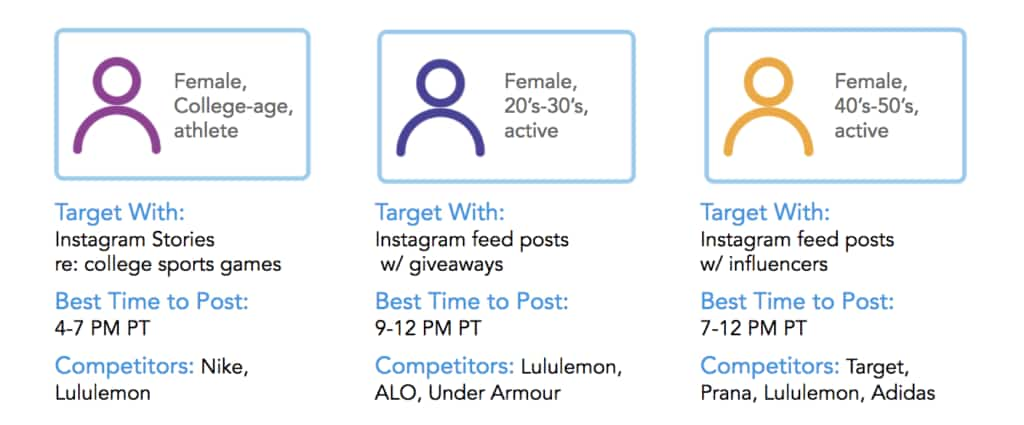
If your target audience is women between the ages of 25 and 35, for example, they’ll expect different social content from your brand than someone in their 60s or 70s.
Use your persona to follow audience expectations when it comes to social media content.
Keep it short and simple
When you’re writing content for social media, it’s essential to remember that the more you write, the less likely people are to read it. Your content must be easily consumable to retain your audience’s attention. According to Facebook, people spend 1.7 seconds with a piece of content on mobile devices and 2.5 seconds on a desktop. That means that you are dealing with very small attention spans.
Stay within the character limits. That means your post should have less than 200 characters. That allows active users to see the entire social message without scrolling or clicking away from their feed. You can keep your social media post this short by sticking to just one idea.
Take a look at this example from Wayfair. The post is concise and to the point:
Also, use plain language. You want your average target audience member to understand what you’re saying. So, all your content should be written without industry-specific jargon or acronyms a non-technical audience won’t understand.
You or your social media writer can use tools like Writer to simplify your content. The tool provides word suggestions and grade-level tracking. That means you can revise your phrases and make them easier to read. You can even pick up social media writing skills along the way.
It is a good idea to use bullet points instead of paragraphs when possible. They help break up long blocks of text. They also make the text easier on your readers’ eyes. Also, add emojis or symbols to engage your readers.
Employ eye-catching visuals
Visual content is an essential part of your social media strategy. The right pictures can help you stand out, gain followers and customers, and increase your posts’ engagement. They can also help you tell your brand story more effectively.
You must use engaging, eye-catching visuals that will make people stop scrolling through their feeds and pay attention. Consider using interactive content, too.
When using visuals, ensure they are relevant and appropriate for your brand. They should align with the topic of your entire post, of course.
Suppose you’re posting about a new product launch. In that case, you might want to include pictures of products in development or finished products. It is also great to add creative short-form video content showing how your product is made.
Pleasing, for example, uses an unboxing video to promote its latest offering.
Finally, don’t post too many visuals in one post. You don’t want to overwhelm your audience with many different things simultaneously. Stick with just one or two visuals per post instead of three or four (or more).
Use humor
If you want to get more likes on Instagram, Twitter, TikTok, or any other social channel, adding humor to your posts is critical.
People love to laugh and always look for ways to have a good time. You can use humor on social media sites to give people something to smile about and feel good about your brand.
There are lots of different ways you can use humor in your social media content plan. Here are some examples:
- Create memes: Memes are prevalent everywhere. Finding one related to your brand or product is easy. Just make sure that it fits in with the tone of the rest of your social posts.
- Post funny videos: You can create videos or find ones others have shared. Ensure that the video is appropriate for your audience before sharing it on social media platforms. It shouldn’t contain anything offensive or controversial.
- Publish funny pictures: These can be behind-the-scenes shots or any image with captions that fit the image.
Use humor that relates directly to your brand, product, or post in question. Check out this example from Skittles, which found a way to join the conversation around some calls for TikTok to be sold:
Make jokes that feel natural and fun rather than forced or like an ad.
You can ask a third party what they think about the content before posting, too. This way, you’ll know whether that content is good humor or is actually offensive.
Leverage hashtags
Hashtags are an essential part of social media content. They’re used to categorize this content, making it easier for users to find what they’re searching for. They also help you target a specific audience.
To use hashtags effectively, make sure they’re relevant to your business and include the most important keywords for your brand. For example, if you sell clothing online, using #fashion or #style would be a good idea.
Long-term, try to create unique, branded hashtags that relate to your brand or product line. That helps create awareness of your offering while building a community around your brand.
For example, @wetnwildbeauty has developed a #BiggerIsBetter hashtag challenge. This hashtag is linked to the launch of a product by @wetnwildbeauty.
Use only a few different hashtags in one post. If you use too many, your post will look spammy and can even get filtered out by the algorithm.
Be consistent
Consistency is the key to success on social media. If you want people to remember your brand, you need to drill down on the things you want them to associate with your brand. So, you must be consistent in what you’re saying and doing and how you present yourself. Consistency is key to brand recognition and identity.
Start by being consistent in your social messaging. That means being consistent in the values you uphold. For instance, don’t say you’re a strict vegan in one post, then suddenly promote eating steaks in another. You’ll only end up confusing your audience. You might even be seen as a business that has no principles to uphold.
Consistency in social messaging also means constantly posting at the exact times every day. You can use tools like Hootsuite or Buffer to schedule posts in advance. According to a recent study, the best times to post across all social media platforms is from 6 p.m. to 9 p.m. and 12 noon to 3 p.m. on Fridays. But, of course, you should tweak this schedule depending on when your own target audience is most active on their social media platforms.
Consistency also means having a consistent look and feel for your brand across all platforms. Use the same colors, fonts, and style across posts and your other marketing collateral.
In closing
From a business standpoint, a well-written post can do many things. It can:
- Drive customers to your website
- Attract new followers
- Boost your social media presence
- Increase social media engagement
However, to write a social media post with the perfect message, you need careful planning and attention to detail.
But don’t worry. Writing for social media isn’t that hard. You learned six tips from this article:
- Understand your target audience
- Keep it short and simple
- Employ eye-catching visuals
- Use humor
- Leverage hashtags
- Be consistent
Follow these tips, and your social media messages will yield the results you’re looking for. Good luck!
Tags: Online Reputation Management Services, Reputation Marketing.
